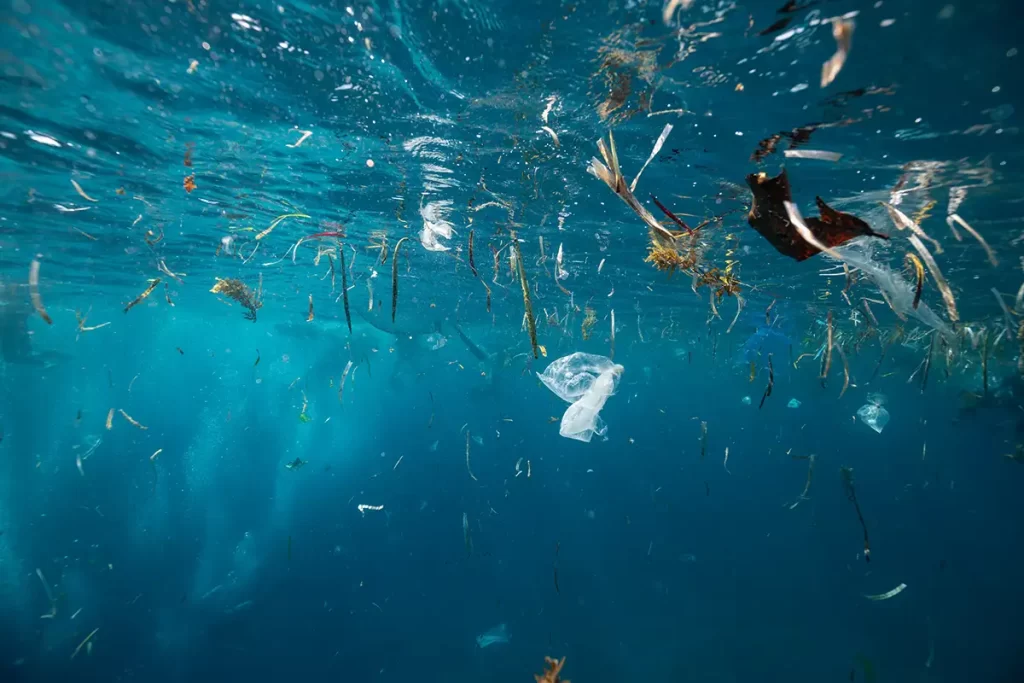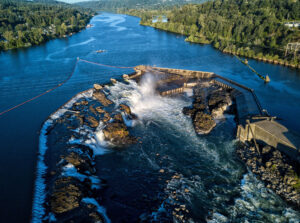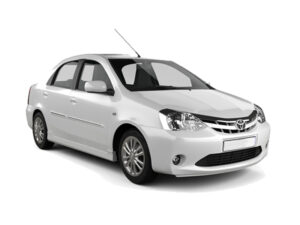
Plastic in the Depths: how pollution took over our oceans
Now, it is known that the ocean rotates with plastic. More than 8m tons flow into the sea every year, vomited by river, thrown along the coastline or abandoned by fishing vessels. Plastic even pollutes the sea air, where particles are kicked by spray and then blown around the planet by the wind. In many places on earth, really raining – and snowing – plastic.
While most of the sea pollution images show plastic bottles that swing the surface or straw drawn from the turtle’s nose, this is misleading: bottles and straws are only a small part of the total.
That is why, in the coming months, the guardian’s seascape project will take a microscope to the ocean to find out exactly what is in this plastic avalanche, where it comes from, what harm it is doing – to marine life and to us – and to us What can still be done about it.
The type of plastic that breed through various levels of marine ecosystems depends on most of which you see. While the bag and food wrapping dominated the coastline, further into the sea, it was abandoned by a fishing rod and a plastic cover that strangled deeper waters.
Garbage has breed in all water environments from coastline to the seabed
Some plastic sources are also surprising: cigarette butts – yes, most filters are made of plastic – or sachets, small packages for the portion of each tomato sauce or soap. Sachet, as revealed by Seascape reporters Karen Mcveigh, is a very large pollution problem, especially in Asia where they are presented by companies such as Unilever as a comfortable way to provide affordable products for those who are low -income. They have been proven to be unrequited pollutants – small, difficult to collect and all of them are not valuable to be recycled.
A pile of tires
Dust tires: ‘stealth pollutants’ which are a big threat to marine life
Then there is a vast and invisible microplastic churn – small fiber trillions, beads, and fractions. Plastic is now very integrated into the earth water system so that every week most people drink their credit cards.
Microplastic itself has many sources. It came from the fiber of the clothing, spinning to the drain from the washing machine. It came from Nurdles, “Lego Block” for larger plastic that often spilled accidentally in billions of their ships, causing damage as much as oil spills (although still not classified as dangerous).
And that comes, in large quantities (representing more than a quarter of all microplastic at sea), from tire dust, residues produced from synthetic rubber, fillers and softeners when people drive their cars (or, to lower but still prominent levels, bicycle) on the road.
Synthetic fibers are the largest source of marine microplastic
Do not let us be too jammed, we will also see what can be done about all these plastic – how to clean it, how to stop it there, and what you can do to help.
Now there are so many plastic in the ocean that scientists treat it as a new biome: plastisfer. Species that live there are now endemic for that. Plastic is their home forever, but there is no need to be ours.







